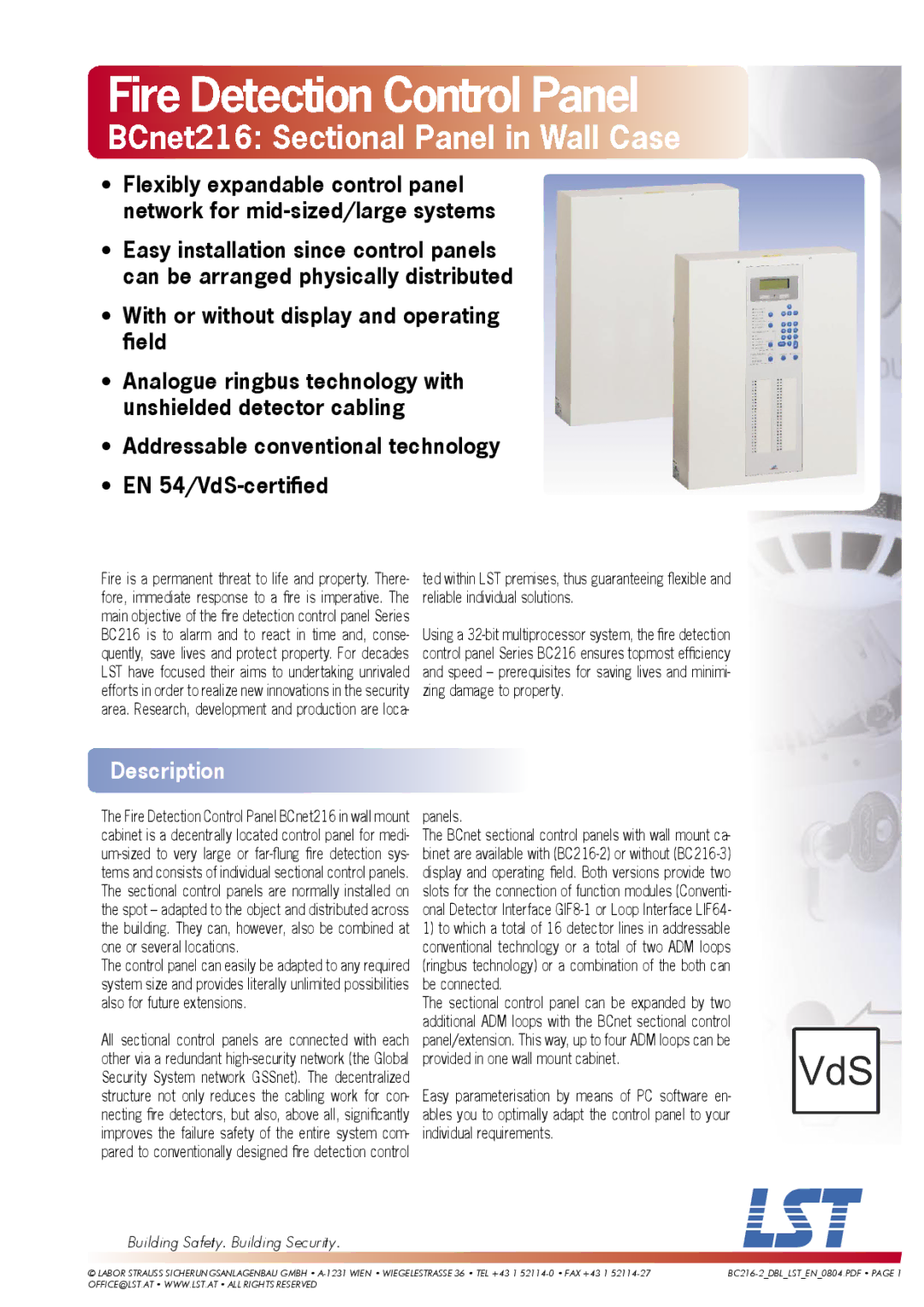EN 12094-1, EN 54 specifications
LST EN 54 and EN 12094-1 are essential European standards that govern fire detection and alarm systems, playing a crucial role in ensuring safety in various environments ranging from commercial buildings to industrial sites. Understanding these standards is vital for manufacturers, designers, and end-users who wish to implement effective fire safety measures.EN 54 is a comprehensive standard that outlines the requirements for fire detection and alarm systems. It covers a wide range of components, including heat detectors, smoke detectors, control panels, and alarm devices. The primary objective of EN 54 is to ensure that all fire detection systems provide reliable performance, ensuring early detection of fire hazards. The standard sets out stringent testing methods, environmental conditions, and operational requirements, ensuring that systems can function effectively in real-world situations.
One of the most significant features of EN 54 is its focus on technology integration. The standard acknowledges the growing trend of smart technology and the Internet of Things (IoT), encouraging manufacturers to develop advanced detectors that can communicate data in real-time. This allows for enhanced monitoring and control, creating a more responsive safety environment. For instance, systems that can send alerts via mobile apps provide users with immediate information, increasing their ability to react promptly in emergency situations.
On the other hand, EN 12094-1 focuses specifically on the design, installation, and maintenance of fixed firefighting systems using gas. This standard addresses specific requirements related to gaseous suppression systems, ensuring that they operate timely and efficiently in suppressing fires. The key characteristics of EN 12094-1 include the formulation of project-specific design criteria, which are crucial for the effective implementation of these systems.
Both standards emphasize the importance of compliance and certification processes, requiring regular audits and inspections to guarantee safety features are operational and up-to-date. Training and awareness for personnel involved in the installation and maintenance of these systems are also critical components of ensuring overall safety.
In conclusion, LST EN 54 and EN 12094-1 provide a comprehensive framework for fire detection and suppression systems, highlighting the need for integration of advanced technologies, rigorous testing, and ongoing compliance. Understanding these standards is paramount for those involved in fire safety and can significantly contribute to the protection of life and property in the event of a fire.

